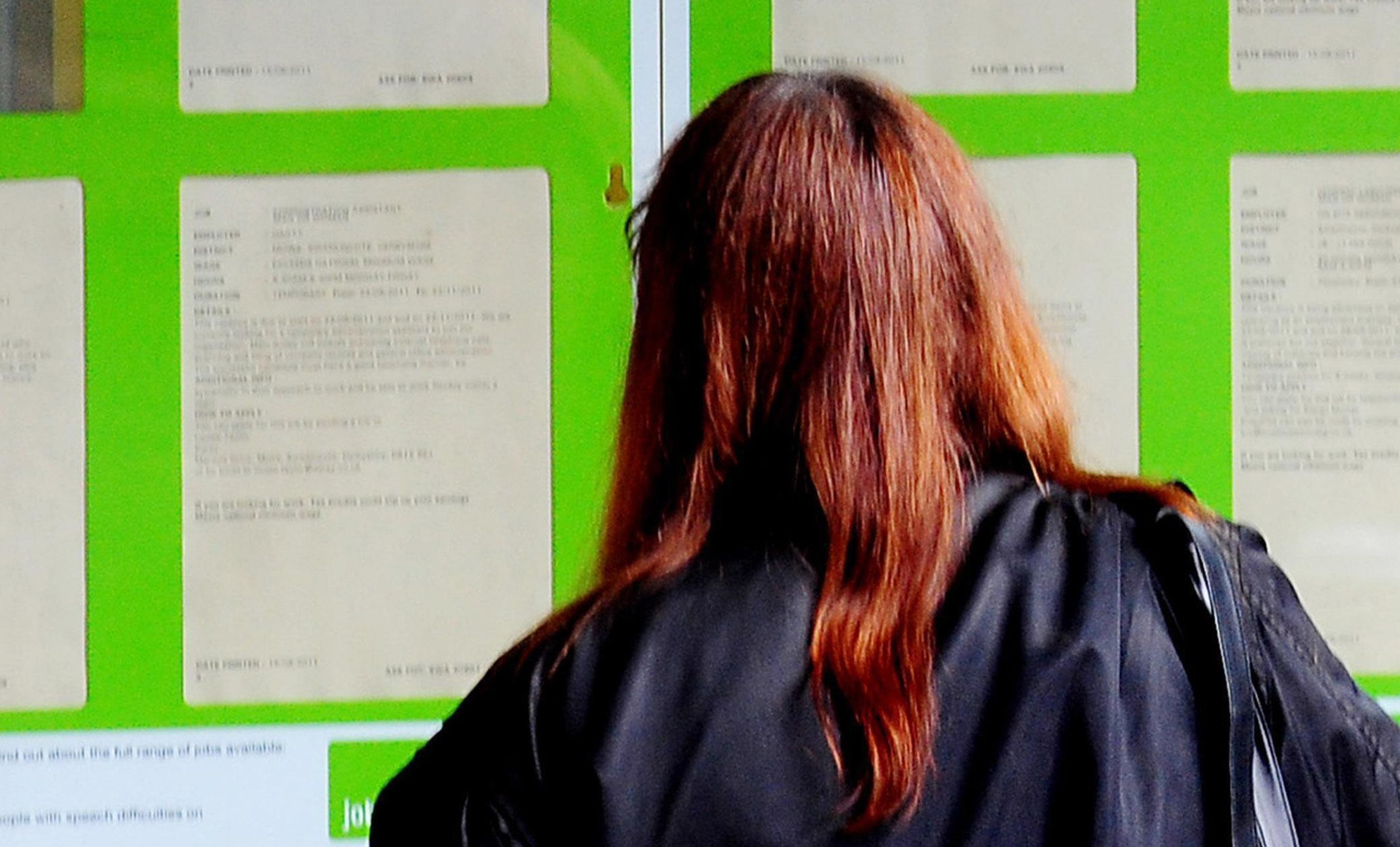Unemployment in Scotland rose by 8,000 in the first three months of 2016 and now stands at 169,000.
The jobless rate north of the border continues to be higher than that of the whole of the UK, at 6.2% compared with 5.1%.
Employment in Scotland also fell over the period January to March and now stands at 2,578,000.
The Scottish employment rate is now 73.1% compared with a UK average of 74.2%.
The Office for National Statistics (ONS) figures show Scotland’s female employment rate of 70.1% remains above the UK rate of 69.2%.
Scottish Secretary David Mundell said: “These figures are a reminder of the real challenges facing Scotland’s economy.
“We know that we are experiencing a global economic slowdown, exacerbated in Scotland by the current downturn in the oil and gas sector.
“It is now more important than ever that Scotland’s two governments work together to do everything possible to boost the economy, create jobs and increase prosperity.”
Fair Work Secretary Roseanna Cunningham said: “Today’s statistics highlight ongoing challenges in Scotland’s labour market.
“Despite this, there are 141,000 more people now working in Scotland compared to the low during the recession.
“We saw record numbers in employment in Scotland during 2015 but employment rates are perhaps now starting to reflect the current economic challenges we are facing, in particular in the oil and gas industry.
“While our unemployment rate continues to be higher than the UK as a whole, our employment rate is 73.1%, which is the second highest in the four UK nations.
“Rates of female employment, unemployment and inactivity continue to outperform the UK, which is welcome, but we know we must do more to increase the numbers of women getting into good quality, full-time employment.”







